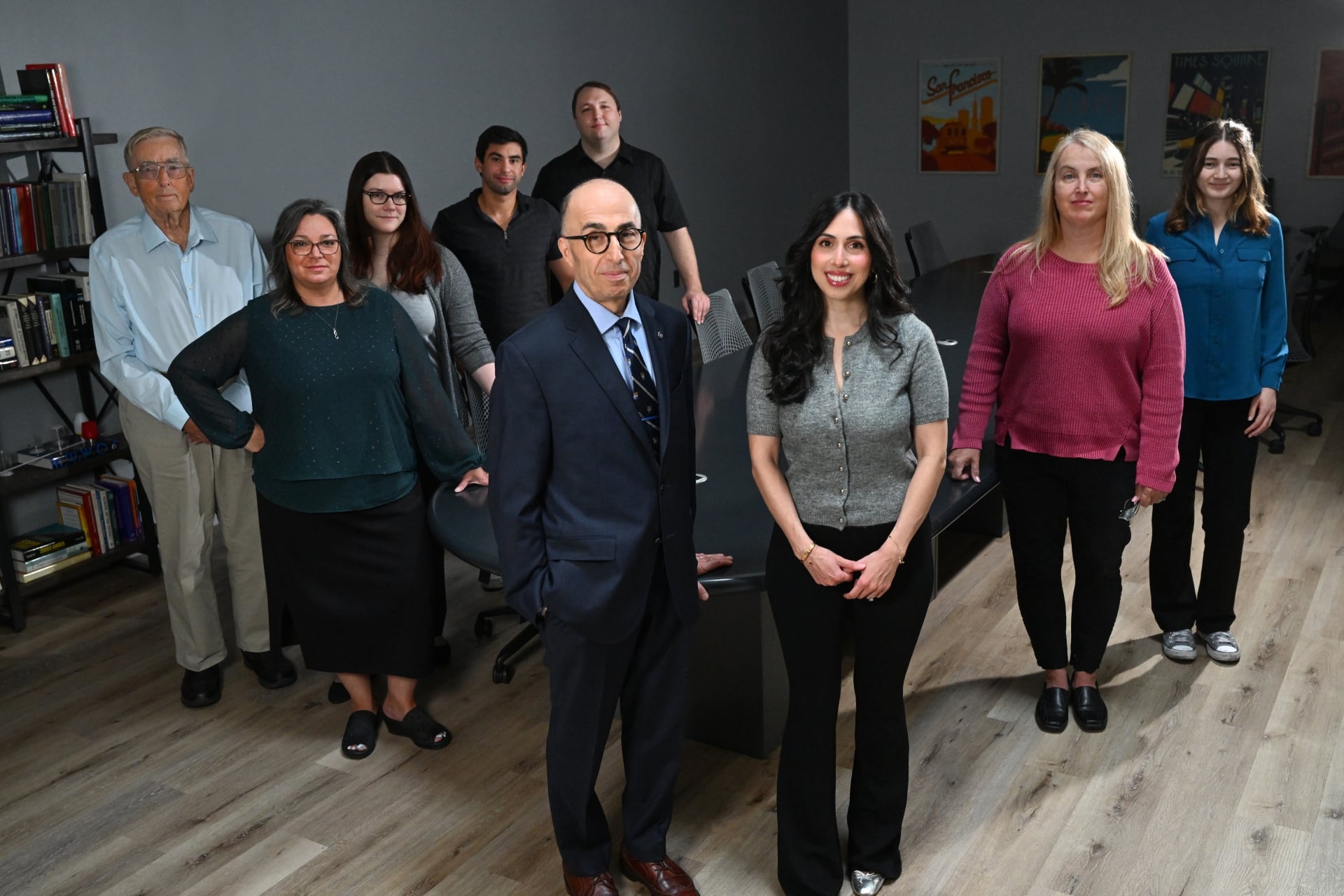
What is Combustible dust testing?
Combustible dust testing generally refers to laboratory testing of finely divided combustible particulate solids that may presents a combustion/ flash-fire hazard or explosion hazard when suspended in air – or in another oxidizing medium. These tests are usually performed in specialist laboratories and include screening tests for combustibility and explosibility, as well as tests that quantify dusts by determining ignition sensitivity and explosion severity characteristics.
Go/No Go Explosibility Screening Test
The first step in the assessment of flash fire and explosion hazards with combustible dust is to establish whether a dust cloud atmosphere, if formed, is explosible under actual process/operating conditions. For some common materials this information may be available from Safety Data Sheet (SDS), manufacturers’ technical bulletins, or other publicly available sources. Otherwise, a Go/No Go screening test on a representative sample from the process will be required.
The explosibility screening test determines whether a powder or dust cloud will explode when exposed to an energetic ignition source. Depending on the test results, a material will be classified as either GO (explosible) or NO GO (non-explosible).
GO/NO GO testing is conducted in accordance with the requirements of the current edition of the American Society for Testing and Materials (ASTM) E1226.
Burn Rate/Fire Train Test
The Burn Rate/Fire Train test examines how a substance (usually a powder) will behave in a fire situation.
The test is conducted in 2 parts. Part 1 is a screening test in which an unbroken, 250mm long powder train, is ignited at one end with a gas burner and observed. The observer notes combustion (if any) along the train and measures the flame propagation time over 200mm. In Part 2 of this test the procedure is repeated but with a wetted zone of material created along the train of powder.
This test is useful in differentiating between substances that can be ignited and those which burn rapidly, or whose burning behavior is particularly dangerous. As such it finds application in process safety to give an indication of combustibility and fire risk. The test also finds application with UN/ DoT Classification of Dangerous Goods where it is used in the classification of a material as a readily combustible solid of Division 4.1 and for the subsequent determination of Packaging Group (Groups II and III).
Minimum Ignition Energy (MIE) – Dust Cloud Test
Minimum ignition energy (MIE) is defined as the electrical energy stored in a capacitor which, when released as a high voltage spark, is just sufficient to ignite a dust cloud at its most easily ignitable concentration in air.
A modified Hartmann-tube test apparatus made of glass or plexiglass with a volume of 1.2 liter is used as the explosion chamber. The dust sample is dispersed in the Hartmann tube by a pulse of compressed air and attempts are made to ignite it by an electric spark of known energy. Trials are made at different dust cloud concentrations and spark energy levels to establish the MIE value.
MIE test results are used primarily to assess the susceptibility of a dust cloud to ignition by electrostatic discharges (sparks).
The Minimum Ignition Energy test is performed in accordance with the requirements of the current edition of the American Society for Testing and Materials (ASTM) E2019.
Minimum Ignition Temperature – Dust Cloud (MIT-cloud) Test
The Minimum Ignition Temperature – Dust Cloud (MIT-cloud) test determines the relative minimum temperature at which a given dust cloud will “auto-ignite when exposed to air heated in an oven at atmospheric pressure. The dust sample is blown by a pulse of air into an electrically heated, cylindrical oven which is arranged vertically. The test is run at different temperatures until the minimum temperature required for ignition is established. Ignition is considered to have taken place when the dust blown into the oven ignites or decomposes producing flames or explosion.
Data obtained from the MIT-cloud test may be used to assess the susceptibility of a dust cloud to ignition by hot surfaces and friction/grinding sparks.
The Minimum Ignition Temperature – Dust Cloud (MIT-cloud) test is performed in accordance with the requirements of the current edition of the American Society for Testing and Materials (ASTM) E1491.
Minimum Ignition Temperature – Dust Layer (MIT-layer) Test
The Minimum Ignition Temperature – Dust Layer test is used with powders to determine the surface ignition temperature at which a dust layer of specific thickness will begin to self-heat, ignite, or decompose. Because of the dependence of ignition temperature on layer thickness, the test data obtained at one thickness will not be applicable to all industrial situations. However, data obtained from the standardized test method provides a relative measure of the hot-surface ignition temperature of a dust layer. The test is performed by repeatedly placing a dust layer on a heated hot plate set to different temperatures and observing outcomes.
The test data can be of value in determining safe operating conditions in industrial plants, manufacturing processes, and locations of powder usage, storage, and accumulation. The results of the MIT-layer and MIT-cloud test are used together to specify the maximum operating temperature for electrical and mechanical equipment used in dusty environments (Class II).
The Minimum Ignition Temperature – Dust Layer test is performed in accordance with the requirements of the current edition of the American Society for Testing and Materials (ASTM) E2021.
Explosion Severity Test
- Maximum Explosion Pressure (Pmax)
- Maximum Rate of Pressure Rise (dP/dt) max
- Explosion Index (Kst)
The severity of an explosion caused by the ignition of a flammable atmosphere in a confined space is defined by the (maximum) rate of pressure rise resulting from the expanding fire ball and the maximum explosion pressure developed.
Dust samples of varying quantities are dispersed within a spherical enclosure with a volume of 20 liters and are ignited by chemical igniters with a total energy of 10,000 Joules (10KJ). The rate of pressure rise as well as the maximum pressure of the resulting deflagration is measured. Data obtained is used to calculate the explosion severity index (Kst) value of the powder/dust material. Kst can be used for the purposes of designing explosion protection measures in a plant.
The Explosion Severity Test is performed in accordance with the requirements of the current edition of the American Society for Testing and Materials (ASTM) E1226.
Minimum Explosible Concentration (MEC) Test
The Minimum Explosible Concentration (MEC) test provides a measure of the smallest dust cloud concentration that is necessary for a deflagration to occur. A successively smaller quantity of dust is dispersed in a 20-Liter spherical vessel and each time an attempt is made to ignite the dust cloud with an energetic chemical ignitor. The smallest dust cloud concentration that is necessary for a deflagration is defined as the MEC. Since MEC may vary with the uniformity of the dust dispersion, energy of the ignitor, and propagation criteria, MEC should be considered a relative rather than absolute measurement.
The MEC test is performed in accordance with the requirements of the current edition of the American Society for Testing and Materials (ASTM) E1515.
Limiting Oxygen Concentration (LOC) Test
Limiting Oxygen Concentration (LOC) is defined as the oxygen concentration below which combustion is not possible, independent of the concentration of fuel. The LOC is dependent on the type of inert (non-flammable) gas used. Dust samples of varying quantities are dispersed in a 20-liter spherical vessel and attempts are made to ignite the resulting dust cloud with an energetic ignition source. Tests are repeated for decreasing oxygen concentrations (replaced with the inert gas) until the LOC is determined. Data obtained provides a relative measure of the deflagration characteristics of dust clouds. A dust cloud atmosphere having an oxygen concentration below the LOC is not capable of supporting deflagration.
The Limiting Oxygen Concentration (LOC) test is performed in accordance with the requirements of the current edition of the American Society for Testing and Materials (ASTM) E2931.
Particle Sieve Analysis
Particle size analysis is conducted using a number of specific sieve sizes to determine “percent passing or “percent retained on a given sieve.
Particle size analysis is conducted in general accordance with the requirements of the current edition of the American Society for Testing and Materials (ASTM) D1921.

Get in touch
To learn more about our expertise and services in dust explosion prevention & mitigation, call us at +1 609 455 0001 or email us at [email protected] today.
We also offer tailored virtual and in-company process safety training programs on Dust Explosions, Static Electricity and HAC (Hazardous Area Classification) and more. Find further information here.













